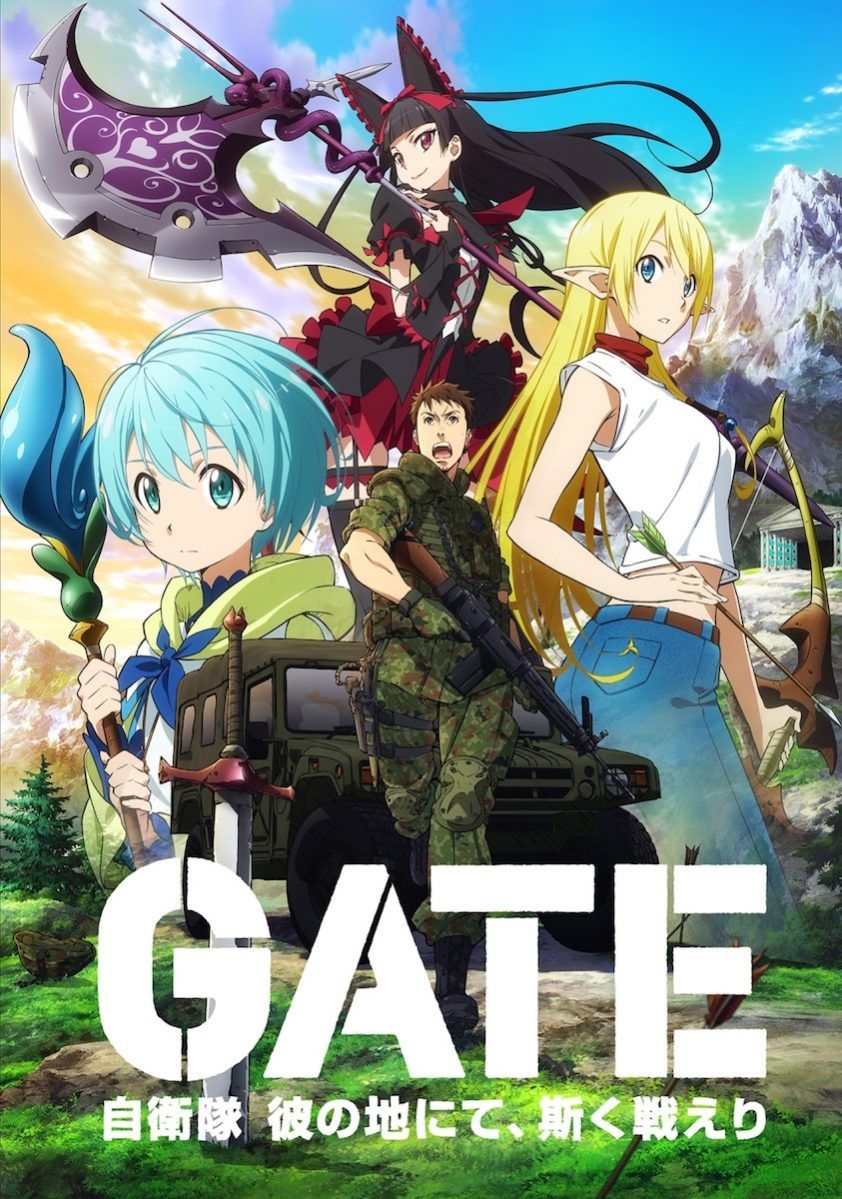Ever wanted to see what a Hellfire missile does to a dragon? Then maybe GATE is for you. Yes, I’m a weeb – sue me.
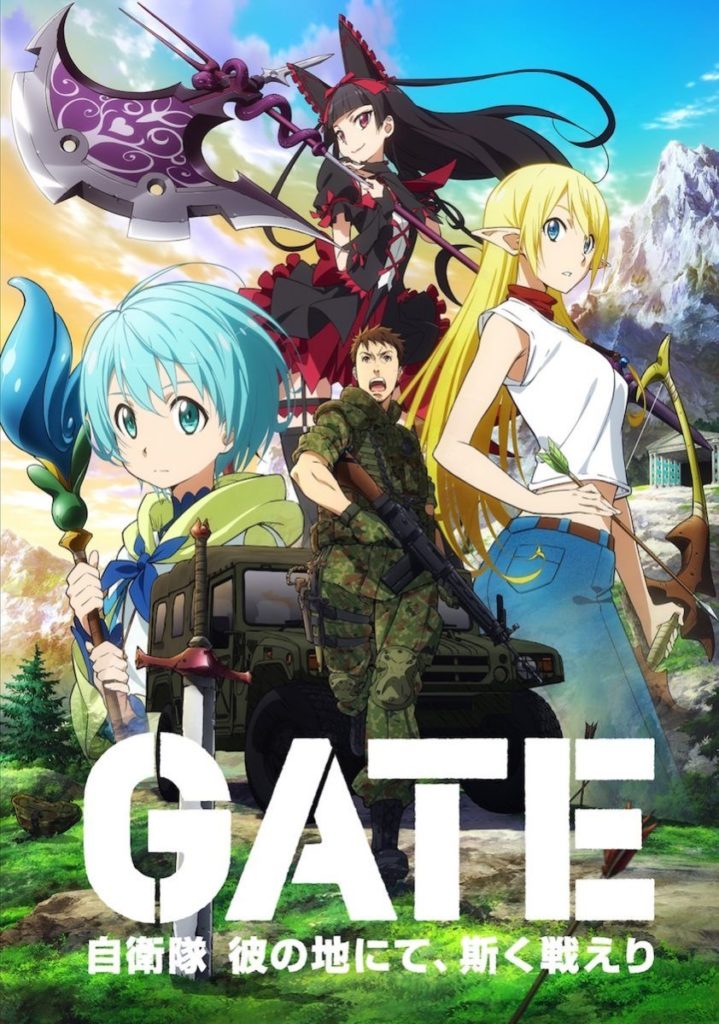
Gate: Jieitai Kano Chi nite, Kaku Tatakaeri (Gate: Thus the JSDF Fought There or simply GATE) was originally a web novel in Japanese that author and Japanese Self-Defense Force veteran Takumi Yanai began working on in 2006. It was first printed in 2010, and then later adapted into a graphic novel and then into animation in 2015.
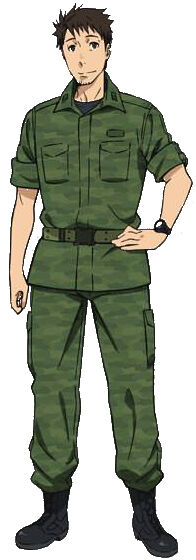
The plot follows 33-year-old JSDF 2nd Lieutenant Itami Youji (note: family names come first in Japanese – Youji is his first name) as he is headed to an anime convention while on leave in Ginza.
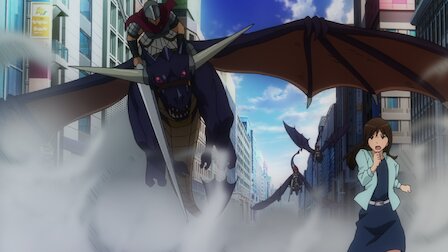
Before he can go in, though, a portal opens in the middle of the city, and a Roman-esque army (replete with fantasy creatures like orcs, goblins and wyverns) begins attacking civilians. Lt. Itami kills one enemy combatant with a knife, and helps the police to safeguard the civilians inside a historic fortress still in the city while the JSDF can organize a response.
After the attack is stopped, the now-promoted 1st Lieutenant Itami (recognized and awarded for his gallantry) is ordered to join the expedition through the still-open Gate in Ginza – now secured in a concrete bunker – to find out who, exactly, is attacking Japan, and whether any of the missing civilians might have ended up on the other side. The other world – referred to in official documents as the “Special Region” – is a pretty generic fantasy land, with all the usual accoutrements: wizards, shamans, demigods, elves, catgirls, and so on; and the official mission of the JSDF expedition is to secure reparations and a peace treaty with the human-centered Empire that launched the attack on Ginza in the first place.
But while the setting is generic fantasy, the narrative is nevertheless interesting. As one might expect, the novel and the graphic novel both go into far more detail on the ‘Special Region’ and the political situation within the Empire that lead to the attack on Ginza in the first place, but the anime covers the basics.
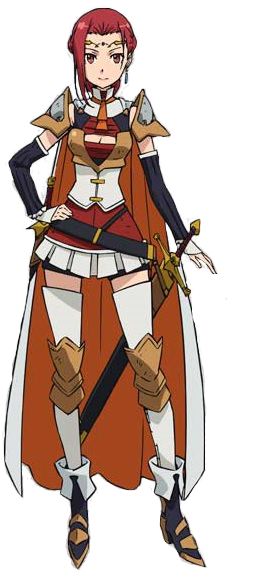
Without spoiling too much, the pro-peace faction within the Empire is led by the Imperial princess (amusingly named Pina Co Lada) who, after seeing the JSDF in action, is horrified at how badly outclassed the Imperial army is.
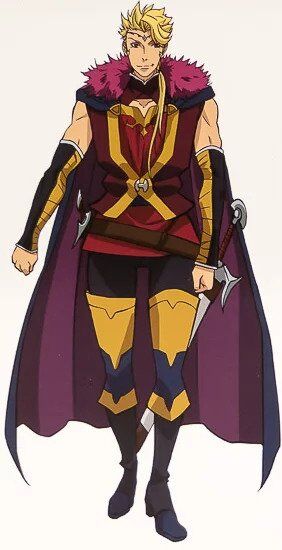
On the other hand, the pro-war faction is led by her vicious elder brother (and imperial heir), named Zorzal El Caesar.
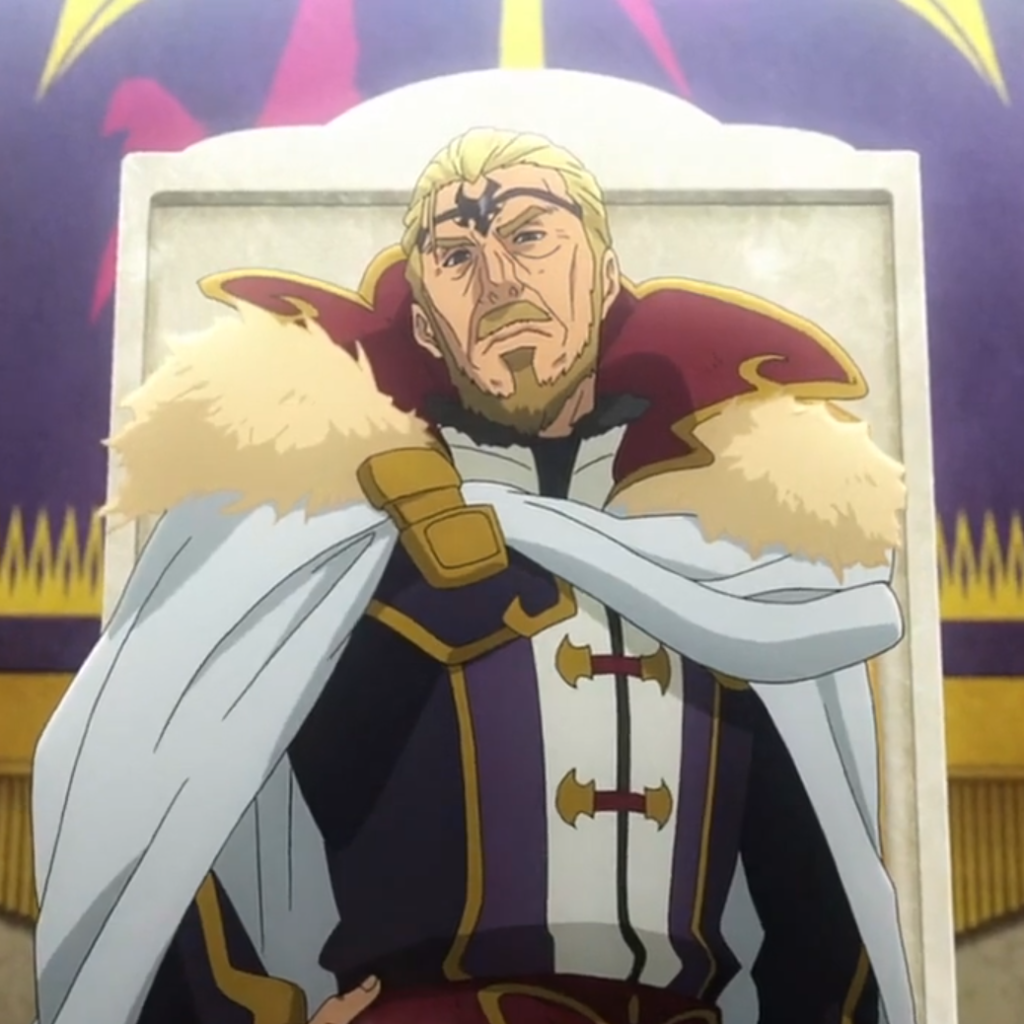
And their father Molt Sol Augustus wavers between the two positions – reluctant to keep fighting, but wary that the Japanese will become completely unstoppable if they are allowed to gain a proper foothold in the region.
Politics and plot aside, if it’s action and spectacle you’re looking for, GATE has it. Ever wonder how effective an F4 Phantom would be against a dragon? Got you covered.
An Apache gunship against a medieval army – with Ride of the Valkyries playing over a loudspeaker? Got that too.
Paratroopers dropping into a medieval city to rescue hostages? All good.
We’ve even gotten members of the Socialist Party in the Diet getting BTFO’d as they try desperately to hamstring the military operation. Red-blooded Americans will probably find this scene familiar.
When I consume media, I’m most often concerned with the story. CGI, sound design, dialogue and acting are all nice to have, but if they aren’t serving a good story, the best outcome one can hope for is a forgettable popcorn-muncher. Contrarywise, good writing will stick with the audience even if they have to forgive a small budget. GATE has great sound design – anime studios have really gotten the hang of making gunfire sound like gunfire over the last decade or so. There’s also decent animation and good voice acting, so if that’s what you like, you’ll get what you want.
And – fortunately – the story is actually pretty well-written, though admittedly the adaptation loses a bit in translation. And if you’re the sort of person who really likes seeing how well-liked American troops tend to be in the countries they’re deployed in, you’ll see a lot of the same here.
Now, while the weeb in me just likes to sit back and enjoy the show, the American in me has a few warnings to include.
Firstly, author Takumi Yanai is quite patriotic. It’s a bit strange as an American to see someone from another culture be almost as gung-ho about his patriotism as an American, but it’s definitely noticeable, at least in the details. Political conflicts with other nations are only a small part of the story, but it’s there. I won’t say Yanai-sensei is negative towards the USA, but the generic American president featured in one or two scenes (who looks remarkably like Trump, despite this being written long before he even became a candidate) doesn’t exactly come off well.

See also: PHOTOS
Secondly, anime tropes. All media forms have tropes – which are defined here as “a commonplace, recognizable plot element, theme, or visual cue that conveys something in the arts”, which are typically specific to both genre and culture – and this is no exception. One really obvious one in this story that would be unfamiliar to Western audiences is the ‘harem protagonist’ trope: first invented by Rumiko Takahashi for her 1987 anime Ranma 1/2, the trope features a male protagonist who becomes the center of attention for the female leads (the ‘harem’) in the story despite not actively pursuing any of them, and without being the paragon of masculinity whom one might expect to be the center of feminine attention. This often includes slapstick violence between the characters – usually aimed at the man. Itami, of course, is our protagonist, and his ‘harem’ numbers at least five (including the three women on the promotional poster at the top). Now, another feature of this trope in most of its appearances is a distinct lack of sex – whether the ‘harem’ members are actively trying to get him in bed or not, it usually doesn’t happen during the runtime of the anime.
That’s not to say there’s no mention of sex in this anime – just that none of it happens on-screen. Lots of blood and gore, not much T&A.
And thirdly, dubbing versus subtitles. I’m a proponent of the latter – most of the time, English dubs spoil things for me. Even when the localization writers and English voice actors aren’t actively sabotaging the translation (yes, this is a known and ongoing problem in the industry – some have even tacitly admitted to doing it for political reasons), a lot of the subtext can get lost by an English rewrite of the original dialogue. And, of course, subtitles avoids the “words not matching lips” problem often seen in dubbed films (this is a problem even in animation). But I’m told the dub for GATE is decent. And of course, dubbing often has knock-on effects to the rest of the audio track – sound design that might have been extremely well-done in the original may have to be replaced for the dub, and re-done by a less-skilled team. Your mileage may vary.
If you’re the sort who would prefer a graphic novel to an anime, I have good news and bad news. The good news is that an officially licensed English edition of Volume 1 is available, and can be found on Amazon. The bad news is that the licensing agreement is effectively dead, and there are no licensed editions of the remaining volumes (up to 18 at last check) available in English. Fortunately, fan translations (known as fanslations) are available – the dialogue in fan works is often clunkier than it would be in a licensed edition, but the translation is usually accurate, and in many cases fanslations are the only options available for those not literate in Nihon-go.
No, I’m not literate in Japanese – I just know a few words.
The anime can be had from a number of sources. The anime streaming service CrunchyRoll and the video game platform STEAM are two that I’m familiar with, though in my case I simply bought the Blu-Ray edition via Amazon. And there are plenty of clips of various scenes available on Youtube beyond the ones I linked above. If you want the graphic novel, Volume 1 is of course available at most outlets that sell manga, but for subsequent volumes I use MangaDex. The work is still being translated, and new chapters are released monthly.
That reminds me – there’s something else I really need to mention: um… well, there’s a concept in anime called ‘loli-con’. I’d recommend against looking it up – you won’t like what you find, but the essence is that there’s a thing occasionally found in anime and manga where female characters are depicted as being… uncomfortably young, let’s say (the male equivalent is called ‘shota-con’). This is usually done for comedic effect – juxtaposing a young or young-looking character with more mature situations.
Sometimes it’s not even that the character is underage but simply short – Uzaki Hana, for example, is a short-stacked, bubbly and extroverted 19-year-old college student who is constantly pestering her introverted male classmate Shinichi, in her titular anime Uzaki–chan wa Asobitai! (Uzaki Wants to Hang Out!) [note: “-chan” is an honorific attached to someone’s name, usually used for girls]. A poster of her (below) was used by the Red Cross to promote a blood drive in Japan, prompting outrage from (mostly Western) feminists that temporarily led to the removal of the posters. Fortunately, they were restored.
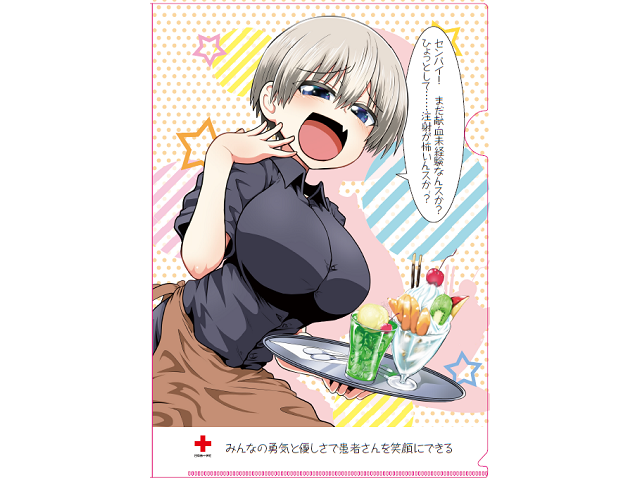
The minor scandal involving Hana’s debut with the Red Cross became part of the culture war in the US for all that the incident took place entirely in Japan, largely due to the ongoing problem of feminists and trans-activists in the American comic-book industry, who object to any and all depictions of conventionally attractive women. “Where are her organs” was a common – and much-parodied – short-lived rallying cry against depictions of slender women, whether they were buxom or not (artist J Scott Campbell, known for his eye-candy female characters, was on the receiving end of a lot of hatred from these activists, and the “organs” question was aimed at several of his drawings). Ostensibly the claim was that these (mostly male) artists were depicting female bodies so unrealistically that they didn’t leave room for internal organs.

This was met by a flood of images of cosplayers (mostly amateur models who make a living portraying fictional characters) who quite clearly had the same body type as the “unrealistic” characters they were playing. On that note, there’s a GIF of the above image – I’m not going to link it here, but it’s a rather nice one of the cosplayer bouncing in place.
When that didn’t work, the complaint shifted to Uzaki Hana’s youthful appearance combined with her sizable bust being used to promote the sexualization of children. In fairness, it’s not uncommon in anime to have female characters with busts that are rather on the mature side for their supposed age. This has long since become a trope in the industry, to the point where it’s often played for comedic effect, and the same accusations have been repeated before. However, an obvious problem is that children tend not to have these well-developed secondary sexual characteristics, so the accusations usually deflate quickly. What made the Uzaki scandal culturally relevant in the US was that it happened very shortly before the first promotional material for Netflix’s Cuties was released – quite a few of the people attacking Uzaki (and anime girls in general) as “promoting CP” found their complaints falling on deaf ears after they went to bat for the French-made film. Yes, you heard that correctly: the same people.
Anyway, CP isn’t any more legal in Japan than it is here, and despite how licentious their media appears, Japan is actually quite straight-laced, but they’re more comfortable pushing the line on juvenile sexuality than America is – at least in animation. I bring it up now because there’s a plot-significant relationship between a Japanese diplomat and a young female aristocrat that will probably come off… odd to audiences not familiar with anime tropes. Now, the graphic novel does a much better job setting this up than the anime does – she’s actually trying to charm him so as to benefit her family in the pending peace treaty with Japan, and it goes awry when her parents are killed and she has to ask him for protection – and she comes from a culture where it wouldn’t be unusual for her to already be betrothed, so at least in context it makes sense. Still, be warned.
I don’t put numbers on my reviews – I just tell you what I think about it. I like this anime, and if you liked what I wrote you’ll probably enjoy it also.
